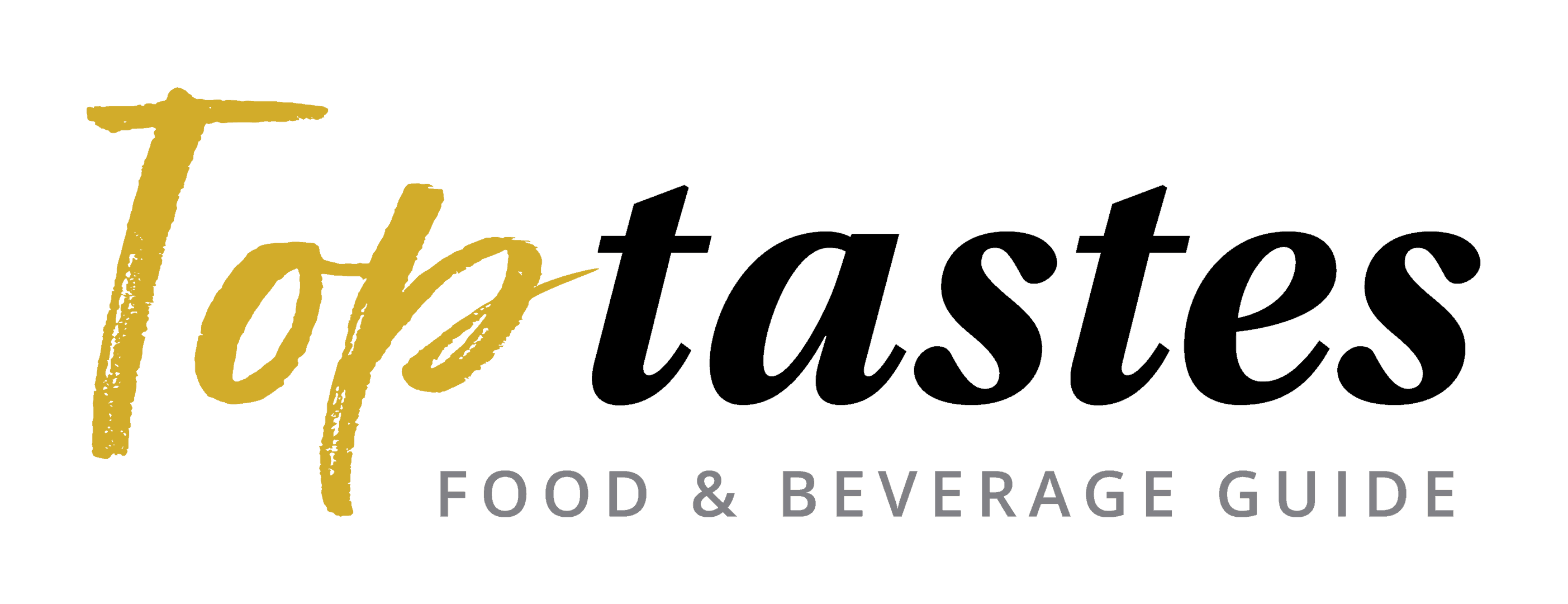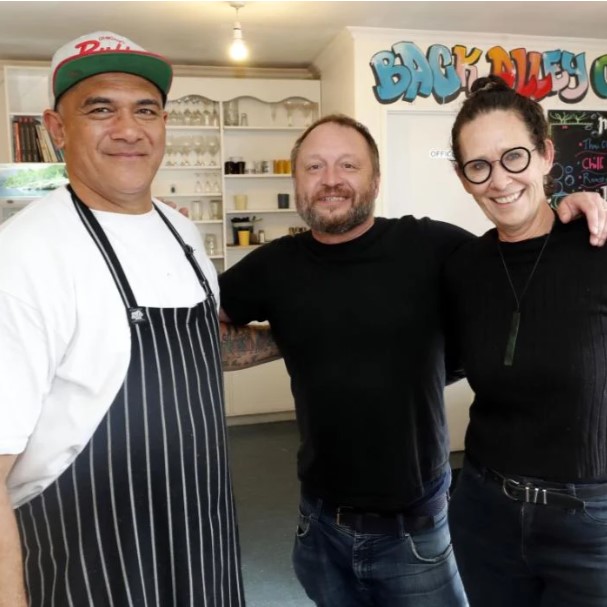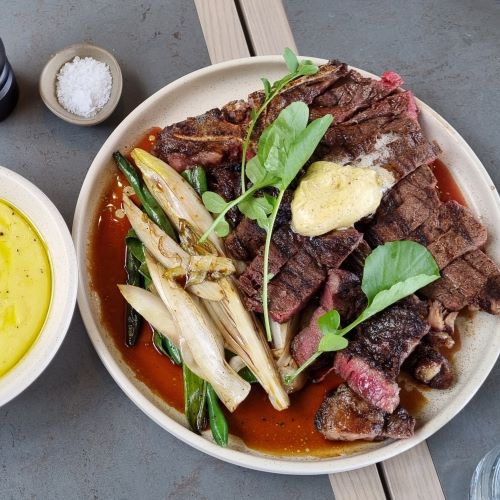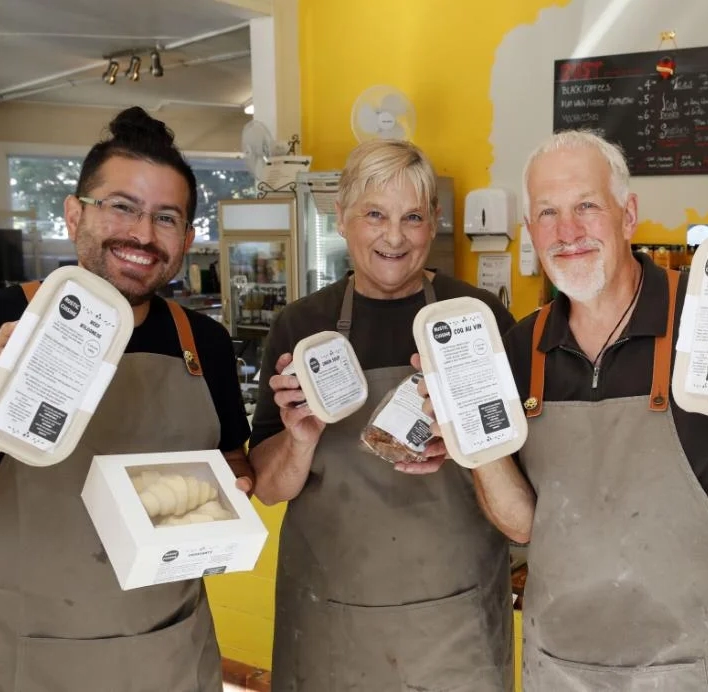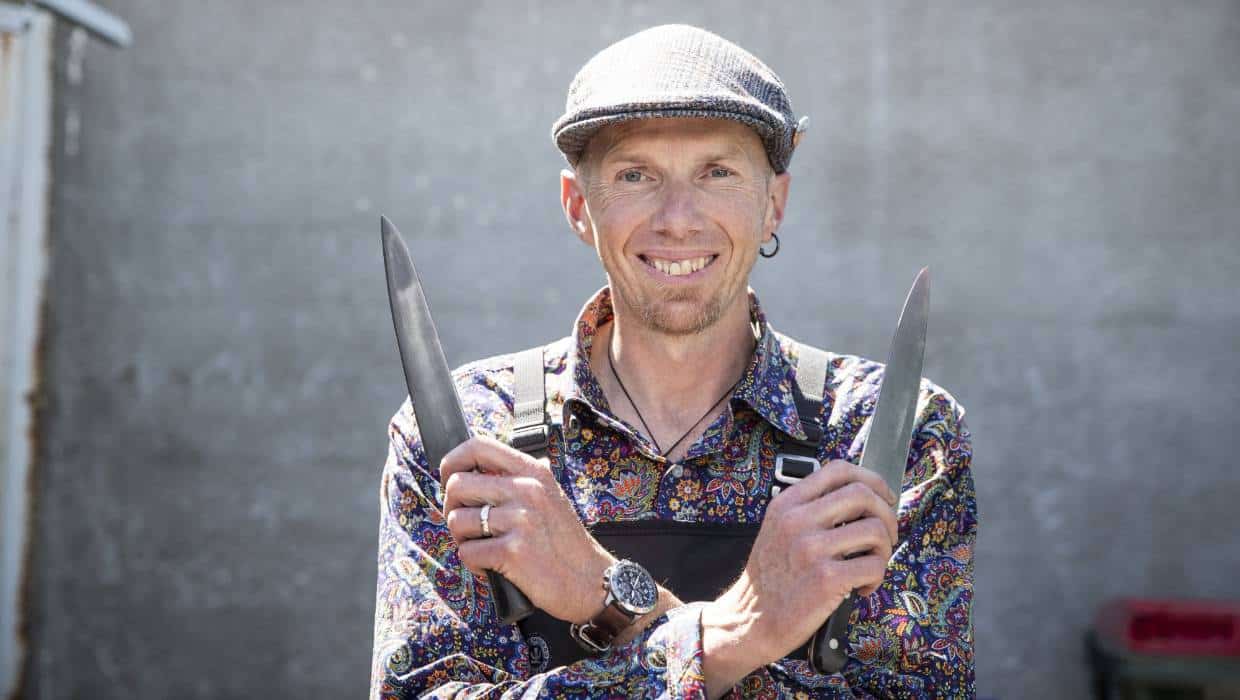
Caring for your knives
Last week I sat down with knife sharpening guru Andrew Smith, a few knives, some fruit and vegetables and a chopping board so he could show me the difference a properly sharpened knife makes.
The first thing he said is we should never use blunt knives because you need to use more pressure to cut things and using more pressure can lead to knives slipping and cuts to fingers, a sharp knife will cut things easily with minimum effort and it will cut much more accurately.
Before you need to have a knife professionally sharpened you need to buy decent knives.
He told me the real tricks to buying knives is to spend as much as you can afford on really good knives from a knife specialist.
The steel used to make good western steel knives is pretty much all the same, good quality through to high quality knives, they have pretty much the same characteristics. In days gone by the sign of a good knife was it was forged but these days stamped knives are every bit as good, if you know what to choose you can get a modestly priced knife that will perform beautifully.
The next step up in quality and price is knives made with Japanese, these tend to be lighter, cause less strain on the hand, can be sharper and stay sharp for longer. Entry level Japanese steel knives start at about $150 and will far out perform the very best western-steel knife.
Andrew says to buy three reasonable quality knives, if you buy a set you will probably only use one or two all the time, you will need a serrated bread knife, a medium sized chefs knife and something like a paring knife for fruit. That will cover 99% of things average person does in a kitchen,.Don’t need to buy them all at once, buy fewer knives but the best quality you can afford.
When you have you set of three beautiful knives you need to look after them, Andrew says:
- Never put your good knives in the dishwasher, it blunts them and kills the handles, especially wooden and plastic handles.
- There are a few tricks for steeling knives properly to keep them sharp, Andrew says everyone tries but hardly ever gets right,
- The first trick is older and smoother the steel it is the better it will work, the rougher it is the more steel it takes off the blade, you end up just realigning the edge not sharpening it.
- Hold the steel point down on a chopping board which lets you judge the angle more accurately,
- Hold knife flat at 90 degrees, halve the angle between steel and knife you get 45 degrees, halve it again you get 22.5 degrees and that is the angle the knife needs to be at when you steeling it,
- Keep the angle constant,
- Start with heel of the knife (the handle end of the knife blade) and finish with the point of the knife at the point of the board as if you are taking a fine slice off,
- Two gentle wipes of the blade on each side will have it cutting beautifully, provided of course you have a nicely beveled knife to start with and that is why you should go and see Andrew at the market.
